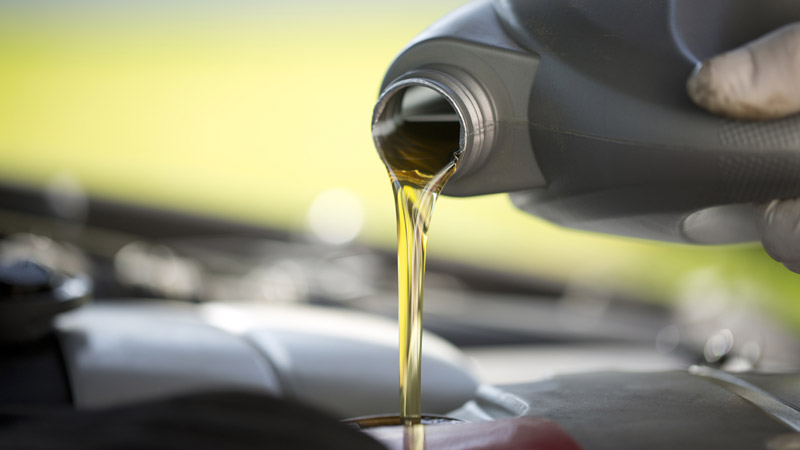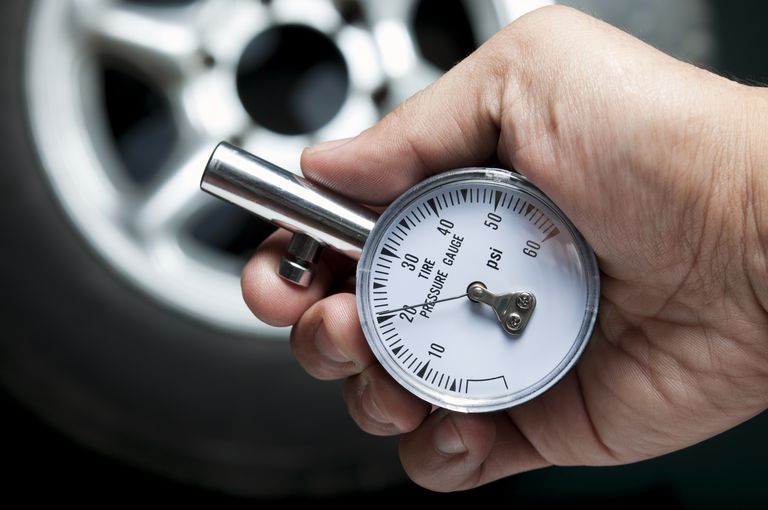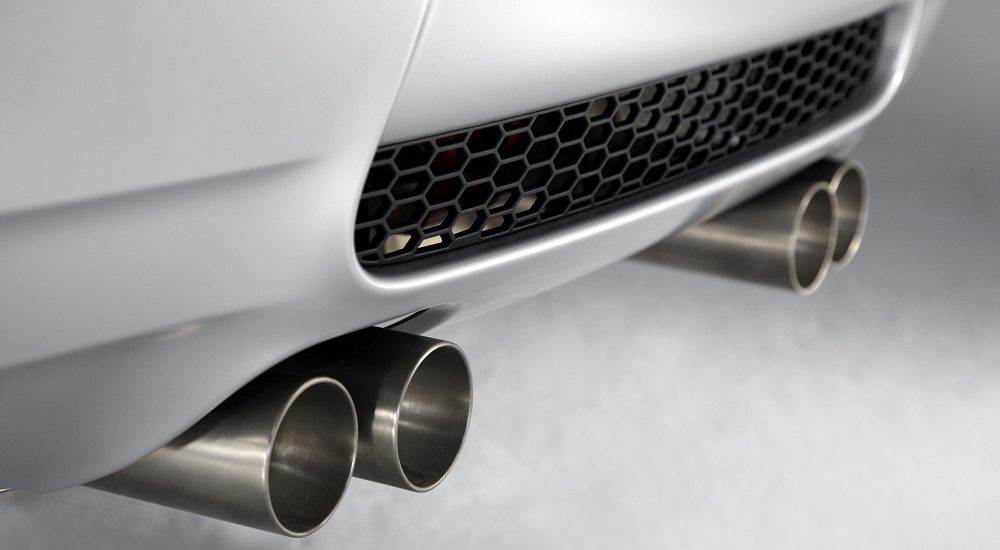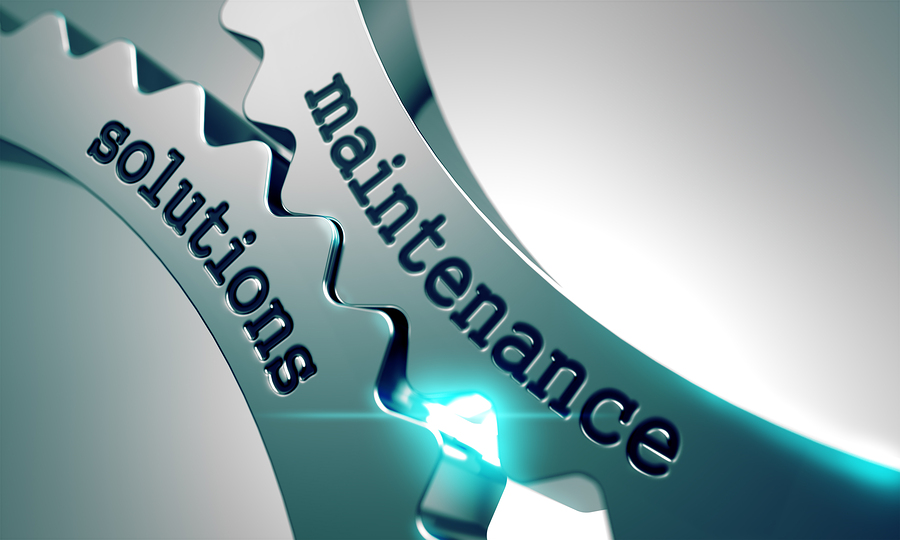Now that you finally have your wish fulfilled, that your new car is right inside your garage, what are those things to do to maintain it? As a new car owner, there are steps you need to take to ensure that the car serves you optimally and sees out its entire life span.
Here is the important guide for maintaining a new car:
Periodically Check and Change Oil

Apart from using the recommended oil, make sure you run a check on the car’s engine oil level and condition. As a general rule of thumb, you should change the engine oil every six months or 7,500 miles. The same rule applies to changing the oil filter. However, the procedure may change to every 3,000 miles or three months if your car has a cold start, bad idling, or is frequently on the road.
Besides, check for oil leaks, overfill, under-fill, and oil filter damage, making sure everything is in great condition. Be accurate when using your dipstick reading by ensuring your car is on a level surface.
Inspect Air Pressure

At every point in time, make sure the inflation pressure in your tires (including the spare one) is at normal reading, following the manufacturers’ recommended pressure. It’s advisable that you check this once a month and before you embark on any long distance trip. Also look out for any tears, cuts, bulges, or wear on the tires.
Regularly Wash Your Car

Washing the car is one of the ways you can maintain a new car. Usually, once a week is ideal to wash the entire car body, to remove dirt, debris, and road salt. Take special interest in the fender wells, undercarriage, and hose.
Look at the Exhaust System

Is the exhaust system rusted? Mere listening to the sound of your car engine or exhaust will tell you whether the exhaust isn’t in good state. You have to know and replace any parts of the exhaust that is corroding. Ideally, you’ll have to carry this out when the vehicle is up on ramps.
Other Important Routine Maintenance Checks

The air filter needs to be removed once it’s clear that the light is gone. Replace the brake pads or linings if they’re worn out; take care of the wheels, scored rotors, inspect battery terminals,
Once in two or three years, or every 80,000 miles, empty and flush the cooling system, change the timing belts. On the average, the transmission fluid should be replaced every 36,000 miles. To prevent overheating, your car radiator must be rid of debris and dirt.
Conclusion
The list of guides for maintaining a new car is endless. You have to be faithful to the instruction that follows your car when you’re buying it. If you’re not sure of your proficiency in DIY repair, checks, maintenance, and fixes, engage the services of a competent professional.
We recommend you read the following article if you want to buy a used car, instead of a new one:



